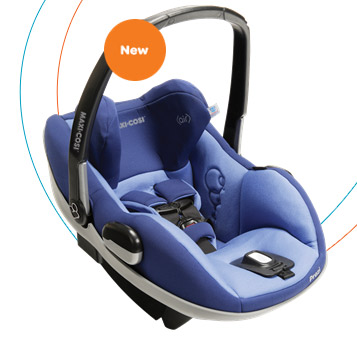All states have laws that require babies and small children to ride in car seats until they reach a certain age and/or weight. However, not all car seats are the same. Below are some tips to help you choose the right car seat for your child.
1. Understand the different types of seats.

Several different types of car seats exist: rear-facing infant car seats, front-facing car seats and booster seats. All states require infants to ride in rear-facing car seats initially, so you will need a rear-facing seat when your baby is very young. After the child reaches the age of one, many states will allow him or her to ride in a front-facing car seat. Once your child reaches a certain weight, he or she can move to a booster seat. Convertible car seats, which are designed to accommodate your child from birth through toddlerhood or even longer, are also available. To review specific car seat laws for your state, consult the Governors Highway Safety Association.
2. Choose a newer model if possible.

Safety technologies and standards are always changing. Although they may be more expensive, newer models of car seats tend to be safer and are more likely to incorporate the latest technology. For example, newer models of car seats are currently available for purchase with a number of enhancements, including advanced impact protection, better harness systems and more. Newer car seats are also less likely to fall short of safety standards required by law, even if the standards change while you are still using the seat.
3. Check the recall list.

Car seats are recalled when the company that manufactured the product finds a problem with the seat’s design or construction that may pose a risk to your child. Most stores that sell car seats are made aware of recalls immediately when they occur, so recalled car seats should no longer be on the shelves. However, it’s still wise to check the list before you make a purchase to ensure that your car seat has no known safety hazards. You should continue to check the recall list on a regular basis even after installing the car seat to make sure that no problems are discovered.
4. Read reviews.
Make yourself aware of the pros and cons of each car seat you are considering by reading unbiased online reviews written by customers who have purchased and used these products. Reading these reviews will draw your attention to the best features of each product, as well as potential drawbacks, such as difficult installation or bulkiness.



